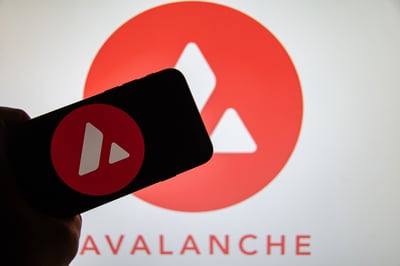The Australian government is taking steps to regulate the digital currency market. Treasurer Jim Chalmers has proposed that crypto exchanges and digital asset platforms be subject to current Australian financial services laws.
The government is proposing a new requirement for platform operators. They will need to obtain an Australian financial services license. The changes will apply to platforms that hold more than $1,500 of an individual's assets or $5 million in total.
Digital assets like tokens are being reviewed for minimum standards. Approximately 25% of Australians own some form of cryptocurrency. Online platforms hold billions of dollars in assets and pose significant risks to Australians, according to the proposal paper.
Digital asset platforms in Australia have experienced collapses, resulting in the loss of assets for individuals or long waiting times as creditors. The purpose of these reforms is to mitigate the risk of such collapses by improving the operations and oversight of these platforms.
The government is taking action to protect consumers and promote innovation. Feedback on the proposal paper is due by 1 December, and consultation for draft legislation will continue in the following year.
Brad Jones, an assistant governor of the Reserve Bank, discussed the central bank's evolving views on a "tokenized future" and digital currencies in Australia. According to Jones, the RBA is open-minded about different forms of digital money and supporting infrastructure that would best benefit the Australian economy in the future.
The bank is in the early stages of planning for a new project. They are assessing how tokenized asset markets might trade in Australia. The RBA and Treasury will publish a stocktake on their research into a central bank digital currency by around the middle of 2024. They will then set out a roadmap for future work.
According to Jones, digital currency has the potential to save billions of dollars annually by providing instant information and accountability. He gave an example of the $750bn market for bank term deposits, stating that pricing is still primarily done through outdated methods like phone calls, branches, emails, and spreadsheets, similar to 25 years ago.
Jones questioned if there was a better solution available. He acknowledged the challenges of regulatory uncertainty and compliance obligations. When a smart contract on a programmable ledger fails, cross-border and anti-money laundering responsibilities still exist, but who should be held accountable? Jones emphasized the need to be aware of these challenges. While it is possible to overcome them, policymakers and industry need to put in more effort.
 Nikolas Sargeant
Nikolas Sargeant





